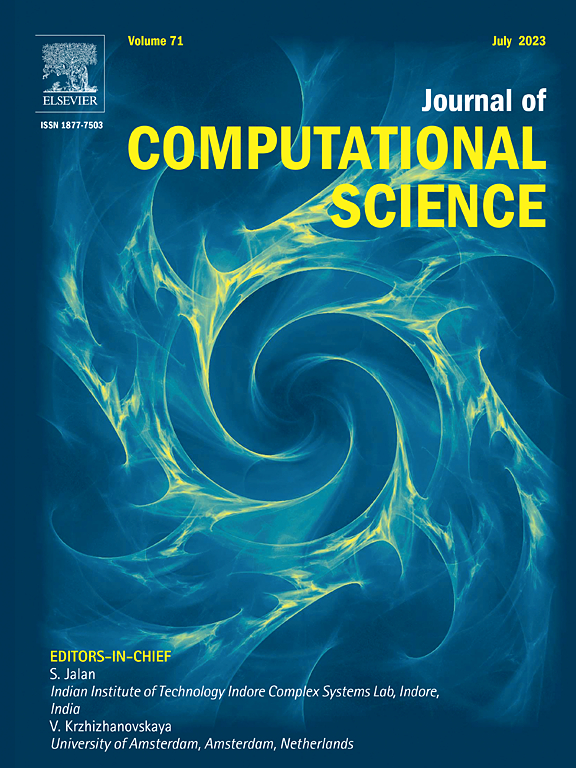
Hoang H. Nguyen
Zijian Zhang
Dmytro Bozhkov
Daniel Kudenko
Maria Jofre
Francesco Calderoni
Noa Cohen
Yosef Solewicz
Inductive and transductive link prediction for criminal network analysis
The identification of potential offenders, who are more likely to form a new group and co-offend in a crime, plays an essential role in narrowing down law enforcement investigations and improving predictive policing. Once a crime is committed, focusing on linking it to previously reported crimes and reducing the inspections based on shreds of evidence and the behavior of offenders can also greatly help law enforcement agencies. However, classical investigative techniques are generally case-specific and rely mainly on police officers manually combining information from different sources. Therefore, automatic methods designed to support co-offender research and crime linkage would be beneficial. This paper proposes two graph-based machine learning frameworks to address these issues based on a burglary use case, the first being transductive link prediction, which seeks to predict emergent links between existing graph nodes (which represent offenders or criminal cases), and the other being inductive link prediction, where connections are found between a new case and existing nodes. Our experimental results show a prediction accuracy of 68.5% in co-offender prediction, a 75.83% predictive accuracy for transductive crime linkage, and up to 74.8% accuracy in inductive crime linkage.
